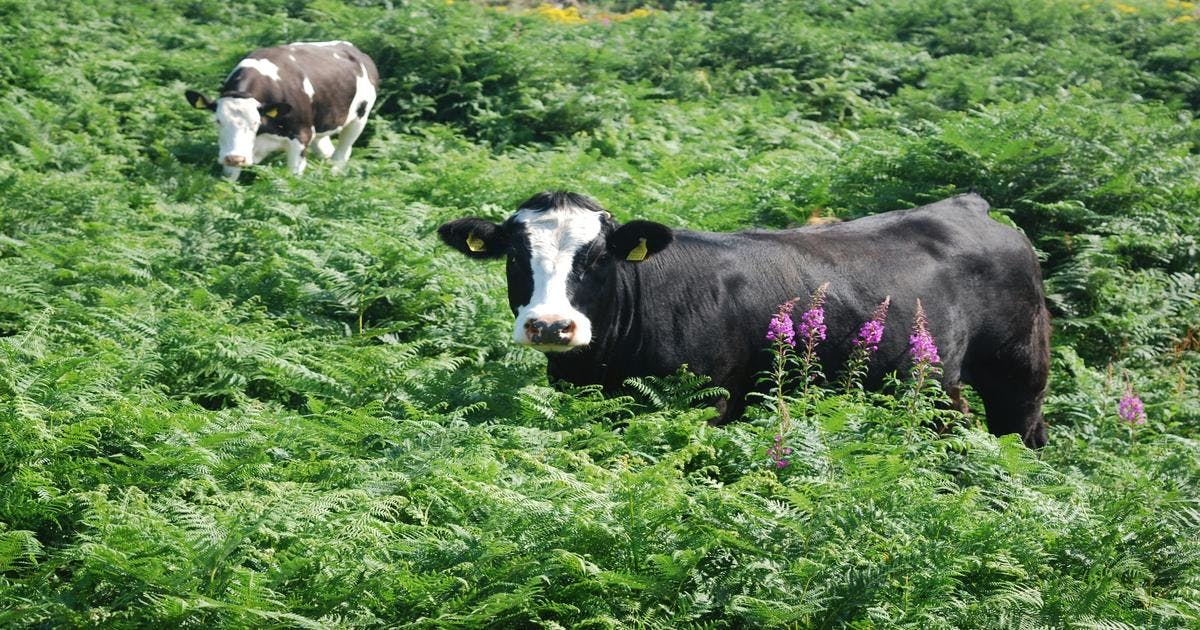
Favourite Niece or Nephew Tax Relief in Ireland

Summary
Favourite Niece/Nephew Relief in Ireland allows qualifying nieces and nephews to use the higher Group A CAT threshold.
When most people think about Capital Acquisitions Tax (CAT) in Ireland, they focus on the standard tax-free thresholds: Group A for children, Group B for siblings, nieces, and nephews, and Group C for unrelated individuals. But there’s a powerful, lesser-known relief that can transform inheritance tax planning for extended families: Favourite Niece/Nephew Relief.
This relief allows a qualifying niece or nephew who has worked in the family business to be treated as a “child” for tax purposes. That means they gain access to the much higher Group A threshold (€400,000 in 2025), instead of being stuck with the far smaller Group B threshold (€40,000).
In this guide, we’ll explain:
- What Favourite Niece/Nephew Relief is and why it matters.
- The strict conditions that must be met.
- Worked examples showing real-world tax savings.
- How it interacts with Business Relief, Agricultural Relief, and other CAT provisions.
- Common mistakes that lead to Revenue challenges.
🔑 What is Favourite Niece/Nephew Relief?
Favourite Niece/Nephew Relief is a provision under Irish tax law that elevates certain nieces or nephews into Group A for CAT purposes, instead of the standard Group B.
- Group A threshold (2025): €400,000
- Group B threshold (2025): €40,000
By moving from Group B to Group A, a qualifying niece or nephew can receive over €360,000 extra tax-free, massively reducing their tax exposure.
Example: Without Relief vs With Relief
- Nephew inherits business assets worth €400,000.
- Without relief → Group B threshold: €40,000.
- Taxable: €360,000 × 33% = €118,800
- With Favourite Niece/Nephew Relief → Group A threshold: €400,000.
- Taxable: Nil
- Tax saving: €118,800.
That difference can mean whether a family business survives or is sold off to pay tax.
✅ Conditions to Qualify
Revenue applies strict conditions before allowing a niece or nephew to be treated as a “child”:
Full-Time Work Requirement
- The niece/nephew must have worked full-time in the business for at least five years immediately before the gift or inheritance.
- “Full-time” means at least 24 hours per week (or 15+ hours per week in smaller businesses run exclusively by family members).
Nature of the Business
- The business must be an active trade.
- Passive activities (e.g., property letting, investment companies) usually don’t qualify.
Direct Relationship
- The person must be a true niece or nephew (child of the disponer’s sibling). Step-relatives may require careful analysis.
Documented Evidence
- Payroll records, contracts, payslips, or sworn statements may be required to prove full-time work.
🚫 What Doesn’t Qualify?
- Nieces/nephews who only helped out casually or part-time.
- Businesses that are primarily investment-focused.
- Assets transferred where there is no clear business involvement.
- Cases without robust paperwork to support employment history.
Revenue often challenges claims where the rules are not clearly satisfied.
📊 How the Relief Works in Practice
By applying Favourite Niece/Nephew Relief, you change the group threshold used in the CAT calculation.
Worked Example 1: Small Business Inheritance
- Business value: €250,000
- Beneficiary: Nephew, full-time employee for 6 years
- Without relief: €250,000 – €40,000 = €210,000 × 33% = €69,300 CAT
- With relief: €250,000 – €400,000 = €0 → No CAT liability
Worked Example 2: Combining Reliefs
- Business value: €1,000,000
- Qualifies for Business Relief (90% reduction)
- Qualifying niece also meets Favourite Niece/Nephew criteria
Step 1: Business Relief
- €1,000,000 × 10% = €100,000 taxable value
Step 2: Favourite Niece/Nephew Relief
- €100,000 – €400,000 = €0 taxable → No CAT liability
Here, combining the two reliefs wipes out CAT completely.
⚖️ Interaction with Other Reliefs
Favourite Niece/Nephew Relief can be strategically combined with other CAT reliefs:
- Business Relief → 90% reduction in value before applying thresholds.
- Agricultural Relief → 90% reduction if assets are agricultural.
- Dwelling House Exemption → If the niece/nephew lived with the disponer, additional relief may apply.
With professional planning, multiple reliefs can be layered to eliminate CAT exposure entirely.
⚠️ Common Mistakes
- Failing the 5-year work test: employment must be continuous and full-time.
- No supporting evidence: Revenue often requests payroll records.
- Assuming casual help qualifies: weekend work or seasonal work does not count.
- Not combining reliefs: families lose out on tax savings by not applying multiple reliefs together.
📈 Why Favourite Niece/Nephew Relief Matters in 2025
- CAT remains at 33% — among the highest inheritance tax rates in Europe.
- Group B threshold (€40,000) is very restrictive, especially for valuable family businesses.
- Families without children often rely on nieces or nephews to carry on the family business.
- Rising property and business values mean more estates are exposed to tax — reliefs are essential to avoid forced sales.
💡 How Irish Tax Hub Can Help
At Irish Tax Hub, we are experts in navigating CAT reliefs like Favourite Niece/Nephew Relief, Business Relief, and Agricultural Relief.
We help families:
- Review business involvement to confirm eligibility.
- Prepare documentation to defend relief claims with Revenue.
⚡ Don’t leave your family business exposed to crippling tax bills.
Contact Irish Tax Hub today for tailored advice on succession planning, inheritance strategies, and Revenue compliance.
This blog post is for informational purposes only and does not constitute tax, financial, or legal advice. Tax laws and regulations are subject to change and may vary based on individual circumstances. Readers are strongly encouraged to consult with a qualified tax professional or financial advisor before making decisions based on the information provided. We make no guarantee regarding the accuracy, completeness, or applicability of this content to your particular tax situation.
Found this article helpful? Share it with others


